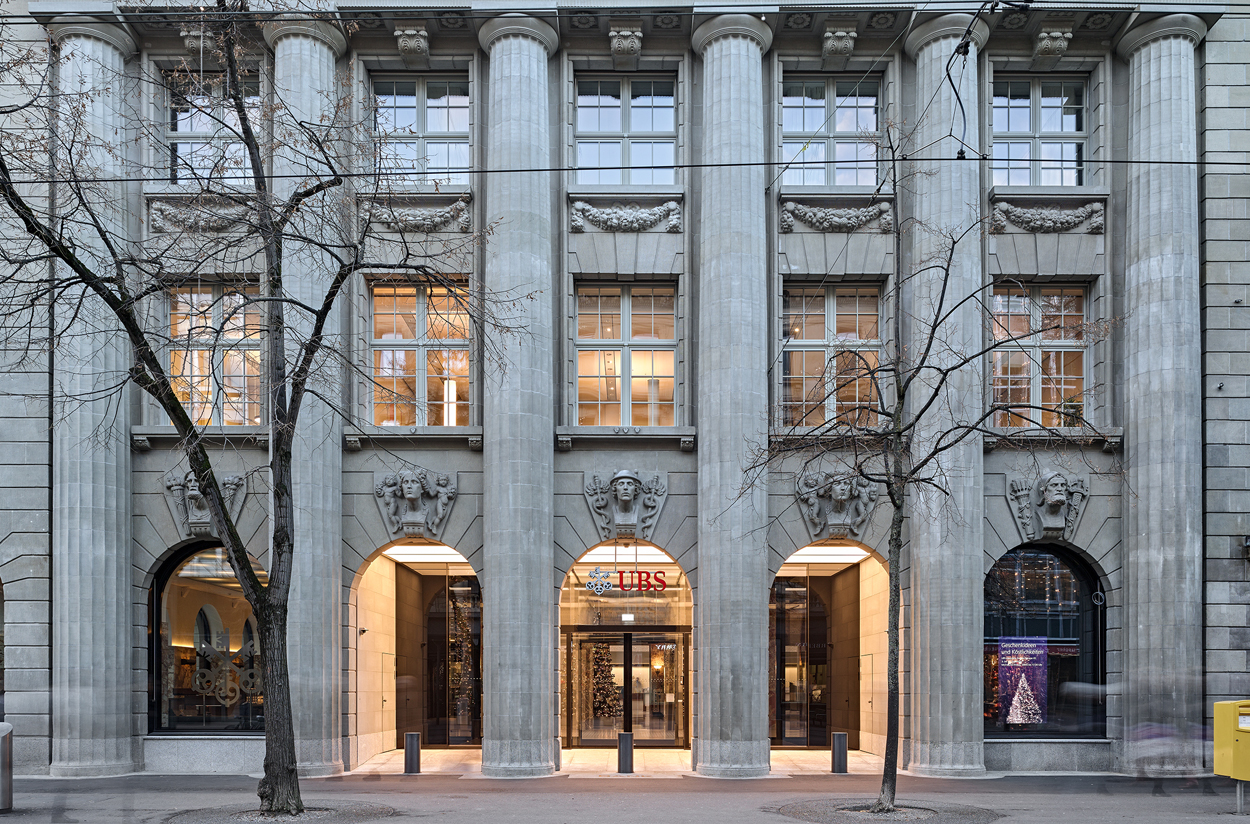M and A
Repurchased UBS Shares Used To Help Finance Credit Suisse Takeover

Switzerland's largest bank – and the world's largest wealth manager – is continuing to get its finances in a row to execute its takeover of rival Credit Suisse. The deal, brokered by the Swiss government, is still causing ripples. A former top UBS executive is reportedly in talks with the firm about a return.
UBS, which is in the
process of buying stricken rival Credit Suisse,
yesterday said it will use some shares it bought back last year
to finance the deal. The Swiss regulator has approved a change to
its buyback move.
The banking group had repurchased 298,537,950 shares under a
programme that it began a year ago. In a statement issued via the
Swiss Takeover Board, UBS said it needed more than 178 million of
the UBS shares to complete the merger. Zurich-listed UBS said it
did not want to issue new shares for the $3 billion deal it
agreed last month, and which was carried out without a request
for shareholder approval.
The Swiss federal government and country’s central bank helped
support the transaction.
As reports have noted, a $5 billion buyback announced this year
had already been paused because of the complex process of
integrating Credit Suisse.
The transaction is expected to see
thousands of jobs shed. Former UBS chief executive from 2009
to 2020,
Sergio Ermotti, has been reappointed to guide the
process.
According to Bloomberg, UBS has held talks with veteran
Tom Naratil about returning to the bank. It has also tapped
strategy consultant Oliver Wyman for help on the integration,
reconnecting Ermotti with former advisor Huw van Steenis, the
news service said.
One of the controversial elements of the takeover, besides
leaving Switzerland with only one universal bank, is that holders
of Additional Tier 1 bonds from Credit Suisse, a form of
high-risk “buffer capital,” have been wiped out – by about SFr16
billion ($17.2 billion). Large investment houses such as PIMCO and Invesco have been hit, reports
said.
Reports say lawsuits from disgruntled investors are in the works
– investors in Singapore, for example, including individuals and
family offices, are looking to sue the Swiss government. What has
particularly angered investors is that AT1 bondholders have been
subordinated to equity holders. Normally, debt is senior to
equity.
The demise of Credit Suisse, which has a history dating back 167
years, comes after a string of scandals and missteps. In the
final quarter of 2022 there was net asset outflow of SFr110
billion, translating into an outflow for all of 2022 of SFr123.2
billion, against a net new money inflow of SFr30.9 billion in
2021.
Credit Suisse’s demise has hit the reputation of Switzerland as a
financial centre – explaining why the country’s government was
keen for UBS to buy it and stabilise volatile markets. In the US,
markets have also been on edge since the collapse of Silicon Valley
Bank and Signature
Bank.
Today, UBS said in a statement that it also intends to redeem the
total outstanding amount of SFr400 million 0.62 per cent
fixed-rate senior notes on 18 May. The bank issued the notes on
18 May 2017 and listed on Switzerland’s SIX Exchange.
See this editorial commentary on where the Credit Suisse story leaves the wider Swiss banking and financial services industry.